The best way to prevent running-related bone pain and injury is to correct your heel strike to a forefoot strike landing because heel strike running produces an assortment of impacts that were found to account for major bone injuries.
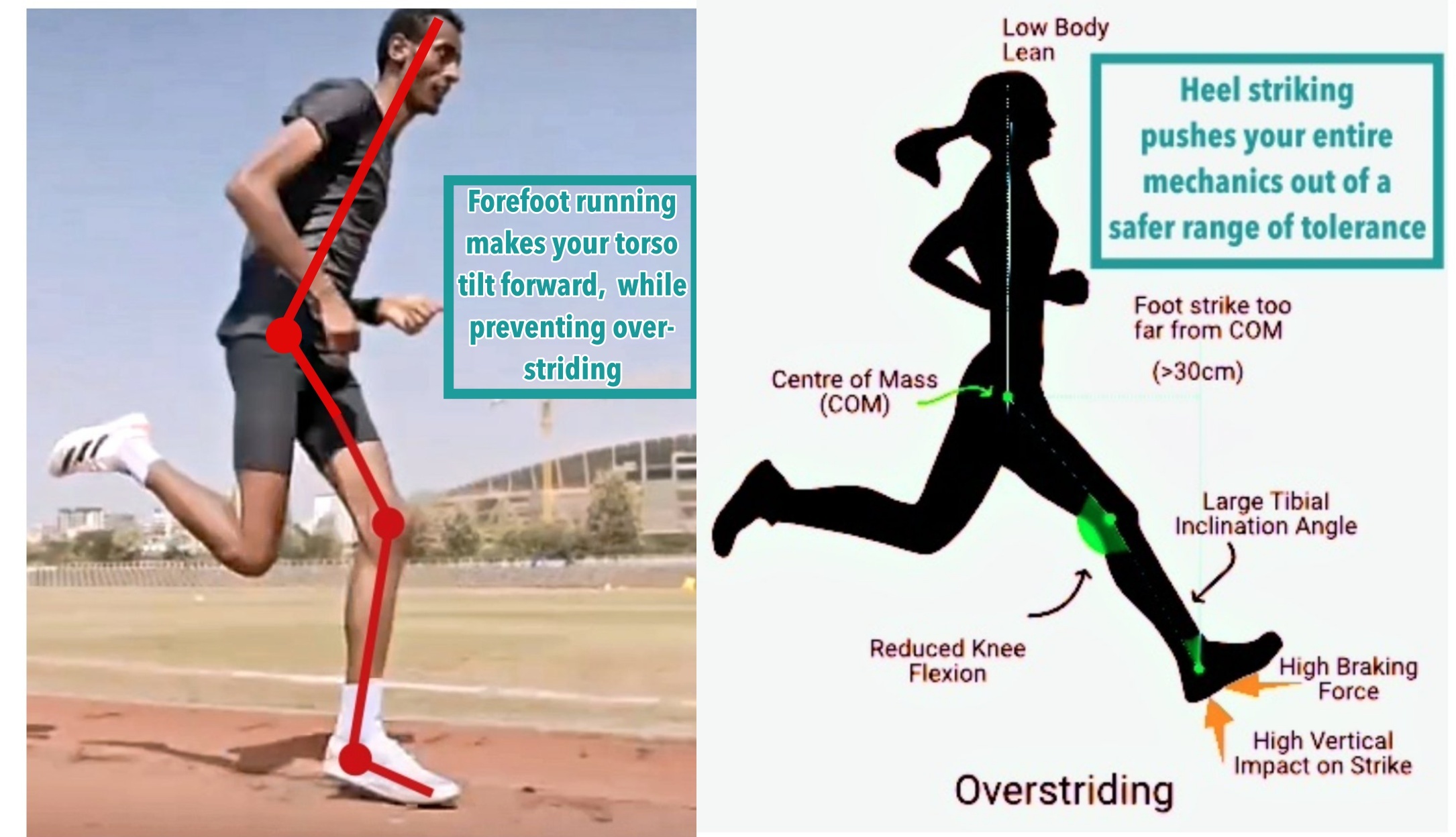
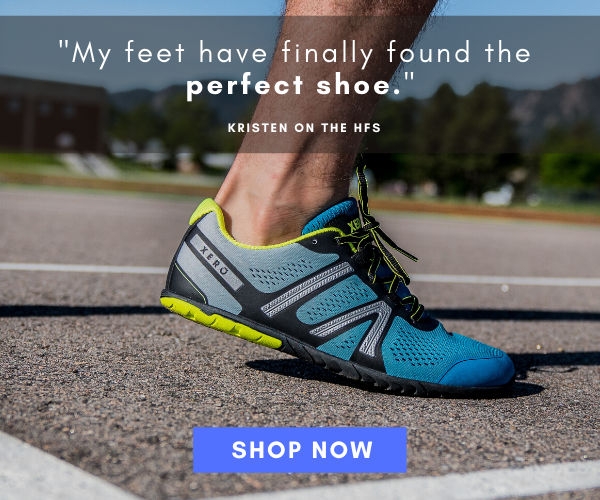
In running, the amount of bone deformation contributing to bone stress depends on the loading magnitude [1] which is directly influenced by foot strike whereby a heel strike landing relates to higher rates of bone loading than forefoot running.
Over the past decade, a large body of evidence has verified that forefoot running produces real benefits that does the most good in protecting the bones long-term because the impact transient (burst of high impact) of the ground reaction force and mechanical overloading are significantly reduced, thereby cutting down the risk of repetitive bone strain and injury.
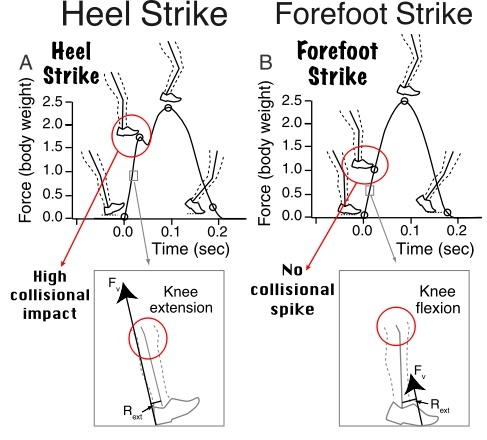
Strain, is a function of bone stress [2], and it’s very evident that forefoot running engages additional mechanical outputs, such as a higher cadence and a foot strike position closer to the center mass (torso), that does much more to reduce bone strain than heel strike running, or relying on thick cushioned running shoes for added protection [3].
By impact standards, bone strain is greater at touchdown in heel strike running because the center mass is always farther behind foot strike position, which increases joint and bone compression, and increases strain on the longer bones [4].
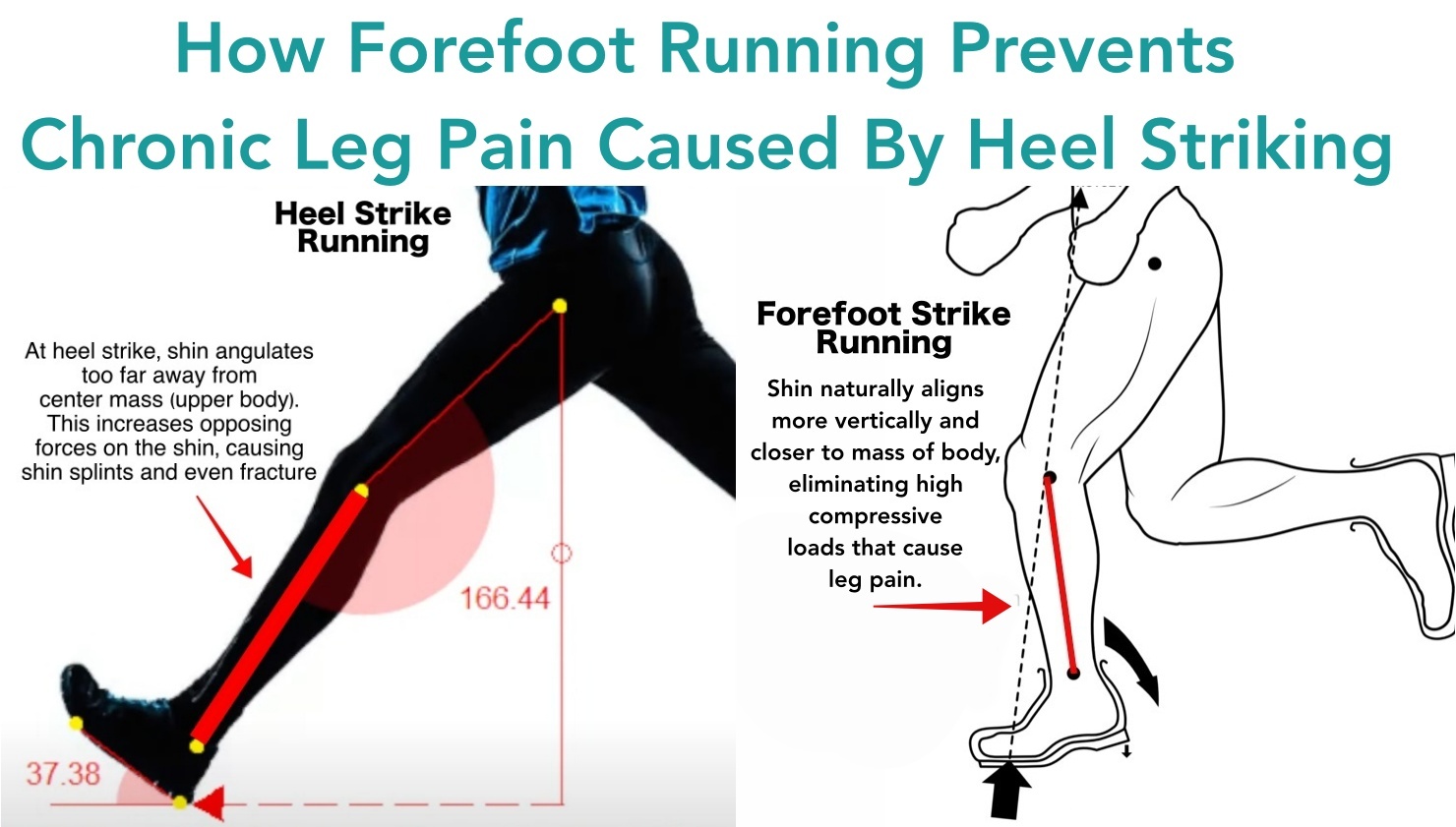
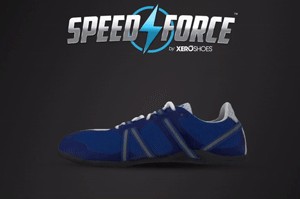
The hard truth is heel strike runners have the highest risk of experiencing abnormal bone loading and strain because these runners produce the highest amounts of the vertical ground reaction force (high burst in prolonged collisional impact) and peak accelerations (opposing forces on the bones). Worse still, the excessive loading in heel strike running exacerbates bone stress in runners with maligned limbs who would otherwise benefit from forefoot running due to the less loading factor.
Last but not least, running uphill also poses problems for a heel strike runner as it farther impairs the load-bearing capacity of the bone, thereby accelerating bone strain and micro-damage accumulation!
Given what we know about the alarming link between heel strike running and bone injury, there’s really no good reason not to switch to forefoot running because there’s very little, if not, no convincing evidence against the protective benefits of forefoot running. In fact, here are over 20 reasons forefoot running is better than heel strike running in every way!
Unsure how to forefoot strike when running? Here’s a YouTube video I made showing how to land on your forefoot and why!

Or, you can support Run Forefoot by shopping at the BEST Barefoot Shoe Brands, and be sure to bookmark these links 🙂
Saguaro: https://www.saguaro.com/?ref=9bVA8fEkmDvB-I
Vibram FiveFingers: https://www.anrdoezrs.net/click-7600968-11372648
Vivobarefoot: https://amzn.to/3vycQOY
Be Lenka: https://www.dpbolvw.net/click-7600968-14330828
Xero Shoes: https://xeroshoes.com/go/Run_Forefoot
Iguaneye: https://www.iguaneye.com/?ref=8tfXVc92
Soft Star Shoes: https://shrsl.com/3mp1b
Wilding Shoes: https://bit.ly/3lIygQP
References:
[1]. Brunker et al. Stress fractures: a review of 180 cases. Clin J Sport Med, 1996; 6:85-89.
[2]. Hamil et al. Variations in ground reaction force parameters at different running speeds. Hum Mov Sci, 1983; 2:47-56.
[3]. Milner et al. Biomechanical factors associated with tibial stress fractures in female runners. Med Sci Sports Exerc, 2006; 38:323-328
[4]. Warde, SJ., Davis, IS and Fredericson, M. Management and prevention of bone stress injuries in long distance runners. J Orthop Sports Phys Therapy, 2014; 44(10):749 – 817.
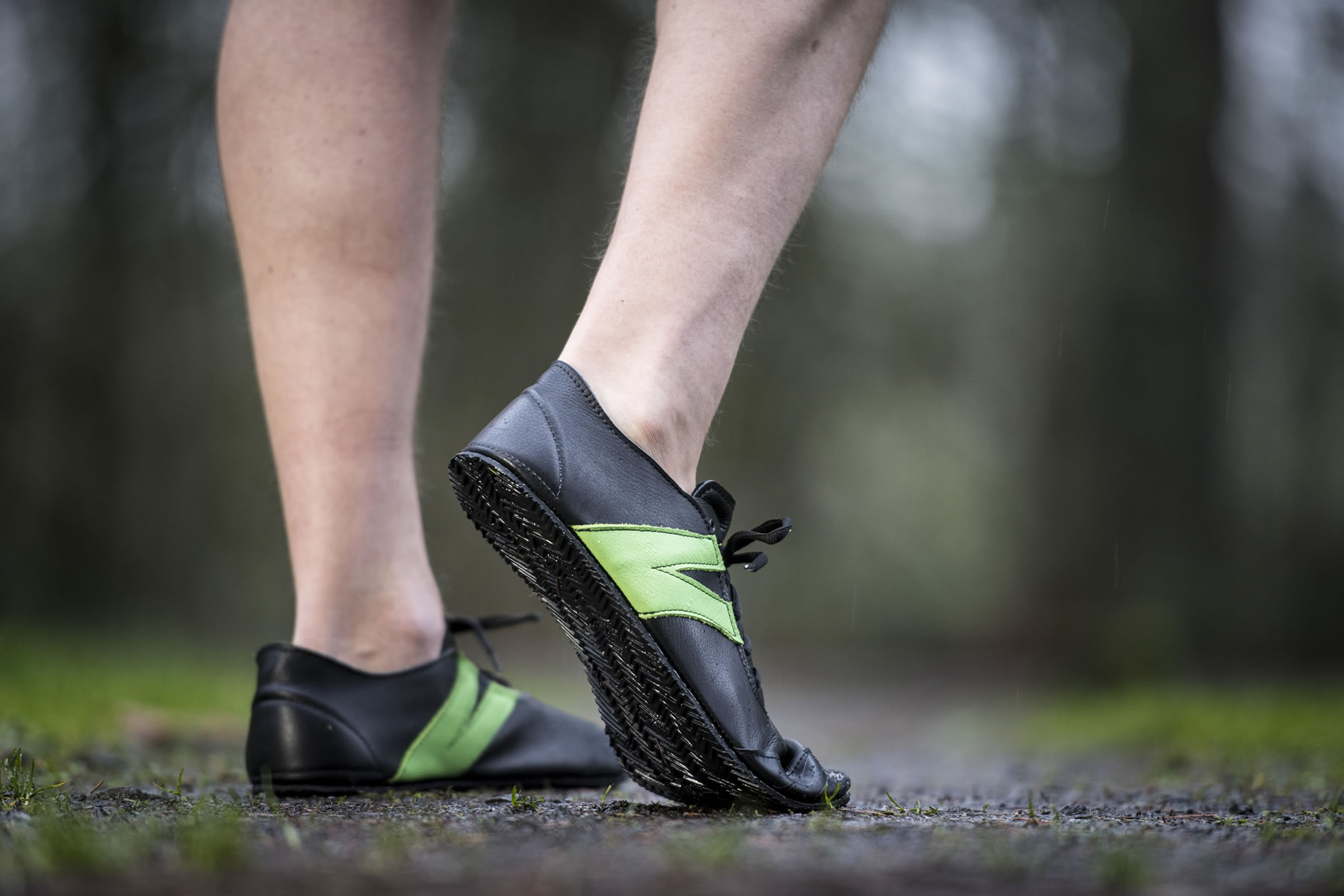
Bretta Riches
BSc Neurobiology; MSc Biomechanics candidate, ultra minimalist runner & founder of RunForefoot. I was a heel striker, always injured. I was inspired by the great Tirunesh Dibaba to try forefoot running. Now, I'm injury free. This is why I launched Run Forefoot, to advocate the health & performance benefits of forefoot running and to raise awareness on the dangers of heel striking, because the world needs to know.
Latest posts by Bretta Riches (see all)
- Heel Strike Running Causes Bone Pain - 29/04/2024
- Heel Strike Running Causes Slipped Discs - 25/04/2024
- How to Train Yourself to Not Heel Strike When Running - 24/04/2024
